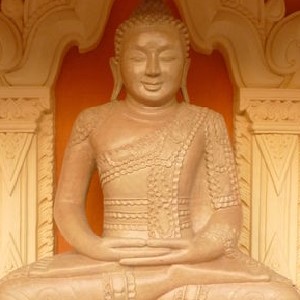Tibetan and Himalayan Digital Library
This well organized and easy to navigate site contains materials related to the environment, culture, and history of Tibet and the Himalayas. Users willing to delve deeply into the various sections are rewarded with a vast amount of primary materials in the form of texts, videos, images, and maps. The site also can be a wonderful source for supplementing lesson plans.
These materials are largely designed for specialists, making some of the primary sources inaccessible to a general audience. For instance, while students may be interested to see portions of a Tibetan palm leaf manuscript or to see large passages of Tibetan texts, the vast majority of these are not translated. The same is true of the video footage. While much of it requires no narration, there are many clips that involve dialogue or extended presentations for which no subtitles or translations are provided. The section on medicine is a good example of this. In these clips, a doctor speaks at length about various medicines and cures without translation.
“Collections” contains the bulk of the primary materials and is subdivided into images, audio/video, maps, texts, journals, and thematic sections like religion, art, literature, medicine, and architecture. The architecture section includes a wonderful interactive ground plan of the Sera Monastery. The “Reference” section contains online dictionaries and encyclopedias. “Community” contains links, mailing lists, and discussion forums. “Tools” offers technical information and the programs required to view the videos.
Of particular note for teachers are the extensive bibliographic materials and the large selection of hundreds of images and more than 200 video clips. It may be a bit daunting to wade through this material in order to find examples that will suit specific lectures, but the search engine will make the process much less time-consuming. There is also a fascinating three-dimensional reconstruction of the Meru Nyingba monastery which can be useful in trying to get students to visualize the architectural form of the structure. Several sophisticated interactive maps of Tibet and Asia allow the visitor to visualize geographic information of these areas and regions.
